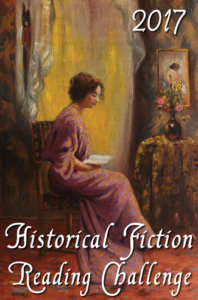
A few of the details and mechanics involved with time travel might bother some readers (admittedly me among them), but this was a pretty good read. For one thing, Winawer is a doctor herself, and the descriptions of Beatrice’s surgeries and medical knowledge rang true. Often when I read time-travel novels, the past is romanticized to such a degree that the parts when the protagonist is in the present are irksome (Diana Gabaldon is pretty guilty of this), but I found Beatrice’s present as interesting as the past she travels to. In fact, maybe a little bit more (but not by much). Winawer argues in her book that one reason Siena has maintained its distinctive “medieval” character is that its evolution was stunted by serious losses to the Plague. Siena may have lost up to half its population, more than other comparable cities in Tuscany. Winawer comes up with an appropriately sinister explanation for why, too. If the mechanism for time travel is a little fuzzy, at least the historical details are mostly accurate (admittedly, I found one big historical error that really bothered me), and the story moves along at a nice clip. Ben’s discovery, which Beatrice must uncover, makes for a page-turning mystery. The characters are well-drawn, though one in particular is quite a lot more credulous than seems logical, and in general they feel like real people (with the possible exception of a few caricatures, and you’ll know them when you see them). A Library Journal review touted on the book’s cover proclaims that “Readers of Diana Gabaldon’s Outlander and Tracy Chevalier’s Girl with a Pearl Earring will be swept away by the spell of medieval Siena.” I can’t disagree with that assessment. In many ways, the setting of this book was as much a presence as the people that inhabit it, and I just love it when books have settings with strong character.
I received this book as part of my Cozy Reader box subscription. I’m not sure it would have been on my radar this soon (and perhaps not at all), if not for that subscription.
Rating:





